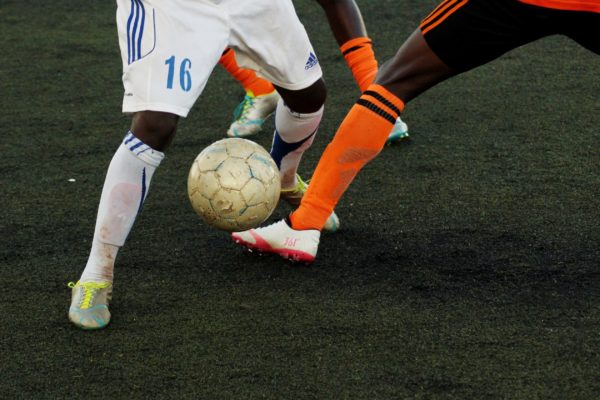
Recreational sports play a large part in many people’s active lifestyle and it’s easy to see why — they provide a great outlet for people to compete against one another and are an excellent form of exercise. The social aspect of recreational sports cannot be understated, as it’s one of the best ways for young professionals to meet new people outside of their normal circle of friends.
However, participating in sports does have its risks. Injuries are prevalent in sports at all levels, and they can leave you laid up and/or in pain for extended periods of time — potentially at the detriment of your finances, work schedule, or even your overall mobility.
If you find yourself on a slowpitch softball field or playing a game of pick-up basketball this year — here are a few tips to prevent injury no matter your age, level of fitness, or sport of choice.
Most Common Injuries
Many sports injuries are caused by ignoring your body’s limits – you’re not as young and flexible as you used to be. Others are caused by lackluster facilities or field conditions, collisions, or a lack of safety gear. The most common sports injuries are sprains and strains (most commonly occurring to the ankle, hamstring, and groin) and knee injuries. Other common afflictions that become more prevalent as you age are rotator cuff injuries, tennis elbow, and Achilles tendon injuries.
Prevention Tips
The first tip is to avoid being what we call a “weekend warrior.” Simply put, if you only exercise on the weekends, you’re much more likely to pick up an injury. Try your best to commit to some form of exercise throughout the week. As a bonus, this will prevent you from being debilitatingly sore the Monday following a spike in activity. In the same vein, don’t immediately dive into a sport after a long period of inactivity. Ease into it to gain confidence and avoid injury.
Before any kind of strenuous physical activity (sports or otherwise), make it a habit to thoroughly stretch and warm up.
- Take a light jog to get the blood flowing.
- Wear properly fitted safety gear to prevent injury – ankle and wrist braces can make a huge difference if you’ve rolled your ankle or sprained your wrist in the past.
- One of the most important things to keep in mind is to play safe, within your physical limits, and by the rules of the organization, you’re playing with. There’s a reason that recreational leagues outlaw headfirst sliding in baseball, or slide tackling in indoor soccer.
In Pain?
If you’re in pain, the first thing to do is STOP! There is no reward in pushing it and injuring yourself further. As soon as you feel something is wrong, get off the field and start the RICE process to alleviate pain and swelling. If necessary, an over-the-counter pain reliever may help to alleviate lingering pain.
If your injury hasn’t improved after following the above protocol, seek treatment quickly. For many basic injuries, your primary care physician should be able to assist. If your injury still doesn’t seem to be improving or the pain persists, it’s time to see a specialist. it’s time to give us a call! We proudly provide the most advanced orthopedic care in Manhattan and would love to keep you doing the things you love for as long as possible!
